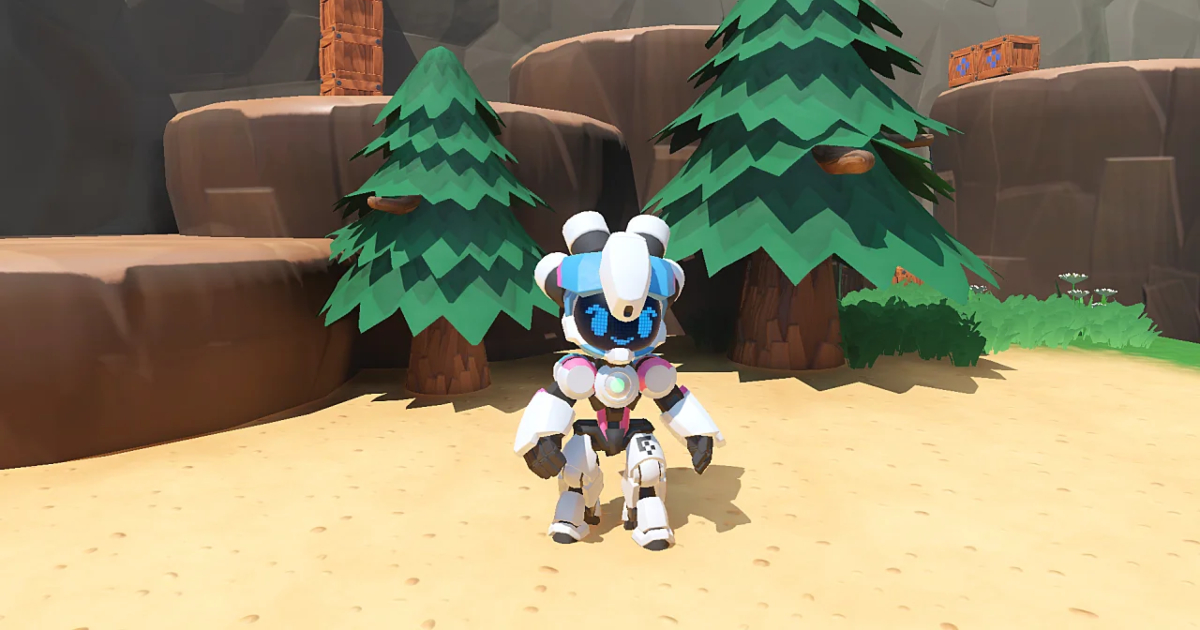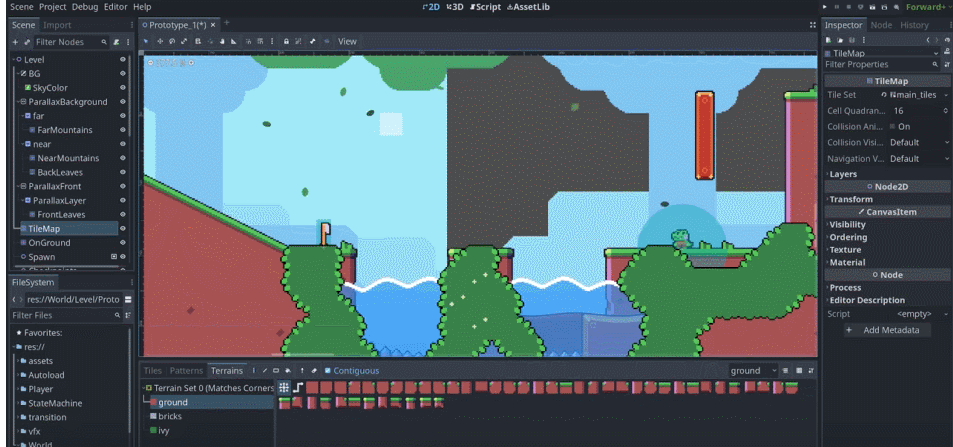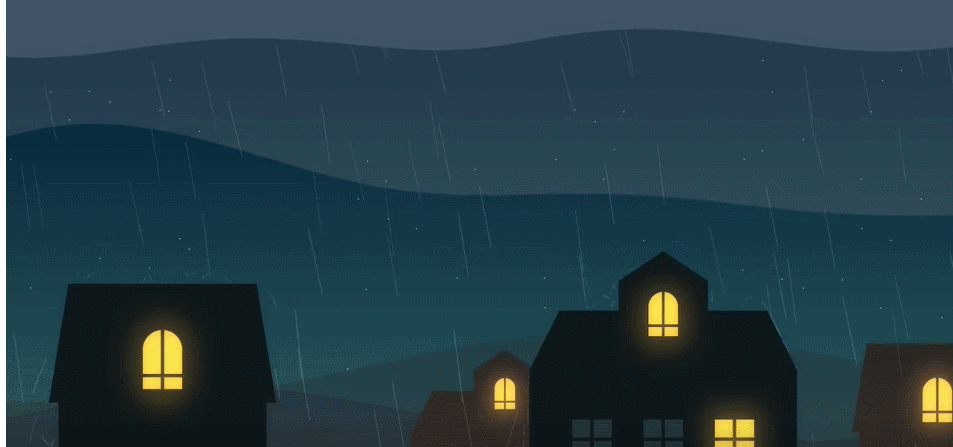Godot 4.0 has finally been released after four years in the making. Here are all the key features and improvements of the new version of this open source game engine.

The Godot team announced the launch on March 1. During the development of Godot 4.0, they made a full engine rewrite, going through 17 alphas, 17 betas, and six release candidates.
“We’re extremely excited but most of all, we’re humbled by the experience,” a joint statement from over 2,000 contributors reads. “We believe that this project is one of the most incredible examples of open collaboration and co-development. So here’s to each and every member of our brilliant community of contributors and testers!”
Godot 4.0 runs not only on Windows, Linux, and MacOS, but also on Android devices. On top of that, W4 Games recently announced Godot console support, with a private Beta launching at GDC.
4 years of development.
12,000 merged pull requests.
7,000 fixed issues.
1,500 individual contributors across engine and docs.Godot 4.0 sets sail NOW! ⛵️
A complete overhaul. A solid foundation to build upon. #GodotEnginehttps://t.co/XgE9iq29Jp
— Godot Engine (@godotengine) March 1, 2023
Some new features of Godot 4.0
- Improved 3D rendering and performance optimization with Vulkan support, as well as an OpenGL-based compatibility renderer for older and lower-end devices.
- Completely remade global illumination systems, with introduction of the SDFGI technique (for large open worlds) and the VoxelGI node (for medium-scale environments).
- Improved 2D workflow with the new tilemap editor, which enables fine-tuning of collisions, navigation, pivot points, and other tile properties. It also includes layers, a terrain auto-tiling system, and a scene placement feature.

- Godot 4.0 introduces new atmospheric effects, including volumetric fog and sky shaders to create dynamic skies.
- The engine has been transitioned to the .NET 6 framework that brings optimizations and new APIs.
- GPU-based particles now come with support for attractors, collision, trails, sub-emitters, and manual emission.

- A new experimental system called GDExtension allows users to write custom engine modules using C, C++, and Rust languages.
- Godot Physics, its in-house 3D physics engine, returns in Godot 4.0. The team also improved its physics API and tried to make the entire experience more user-friendly.
- Godot 4.0 now supports multiple windows, includes UI editor improvements, and has new text rendering systems, as well as extended language support.
- The team also emdeded OpenXR in the engine’s core and introduced Godot XR tools, which should help developers of XR projects.
A more detailed breakdown of all features and improvements can be seen in this video by GDQuest.
